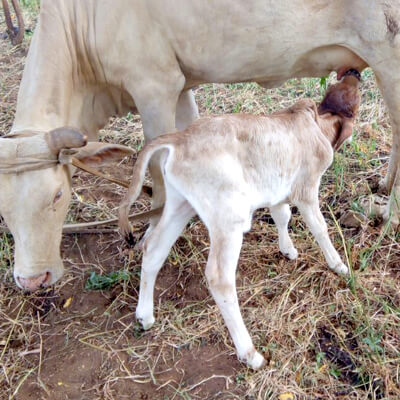Nestboxes for hornbills.

Monitoring for archiving and transparency

Over the past nine years a lot has changed around Africa Wood Grow. Throughout this time, also technology has changed and now provides us with the possibility to shoot our own high-resolution images. Last November (2018) we set out and managed to capture the first high quality images of the 4 farms.
From today these images are published on the website, providing information for everyone who is interested. We hope to provide a clearer spatial overview of the projects and as such increase the transparency of the activities. In the future we like to continue to acquire these kinds of images, allowing us to compare images and analyse the changes happening over time.
For now the images provide us with interesting insights in the forestry farms. The trees on Kathome farm show to be thriving gloriously. Easy to distinguish are the two different species of trees that are growing in this area. The greener trees are the trees we mostly plant and nurse, the highly drought resistant Melia Volkenssi, locally known as Mukau. The other species is called Azadirachte Indica, locally known as Neem tree. After nine years of putting all available effort in to making this place a peaceful green environment this image now shows it we pulled it off.
The same accounts for the image of Umu farm, where small green tips are the tops of our happily growing trees. We foresee that in a few years, Umu will be as green as Kathome farm is now. Kamutei farm and Mugumo farm are our more recent projects and therefore have a bit of a longer way to go. However, on the images one can see the dug holes in which the trees will be planted. As soon as the rain season started trees were planted here and in the upcoming years we aspire to make these sites thrive as Kathome and Umu already do. With this newfound way to capture the current state of our farms we will be able to monitor the developments on site and keep everyone updated on the greening of this beautiful area.
Feeling very proud

We opened the new year with the first ever born calf in our agro-forestry system. Mother and calf are doing very well. We are thinking of a nice name, let us know if you have a good suggestion!